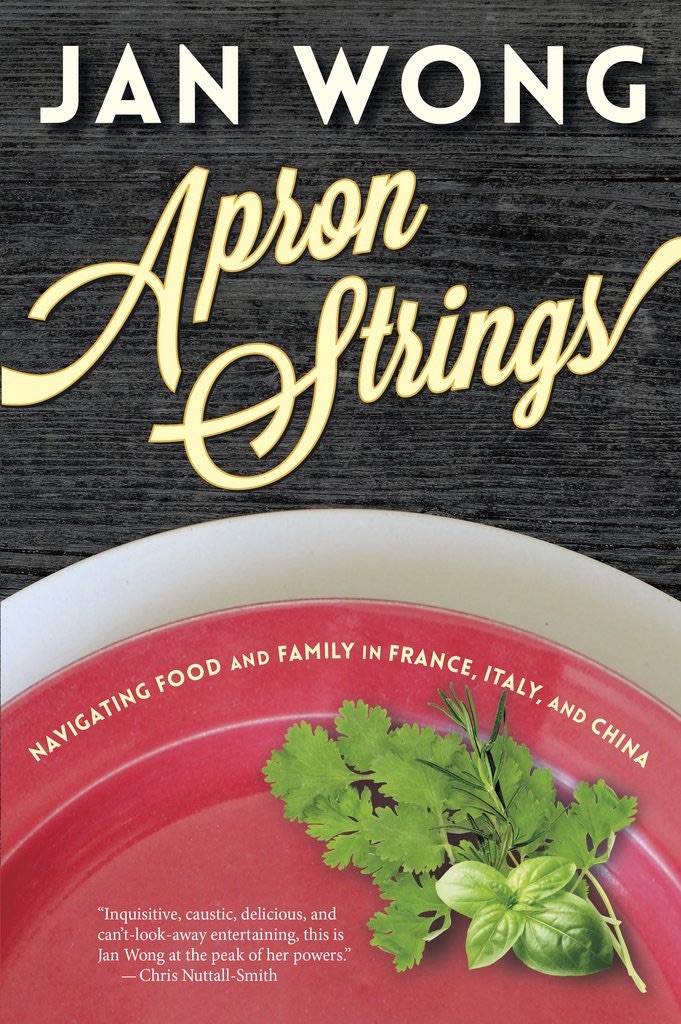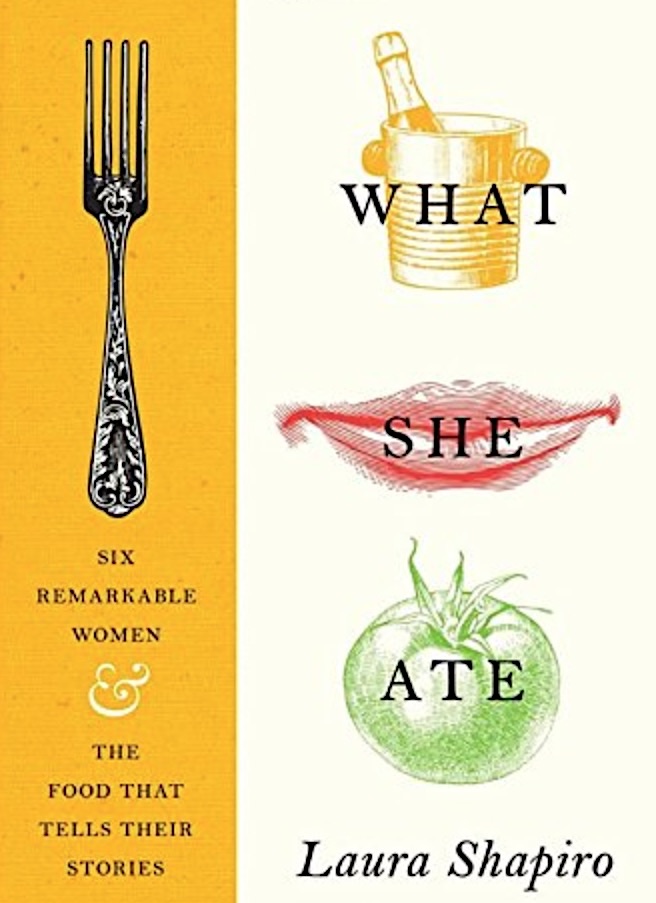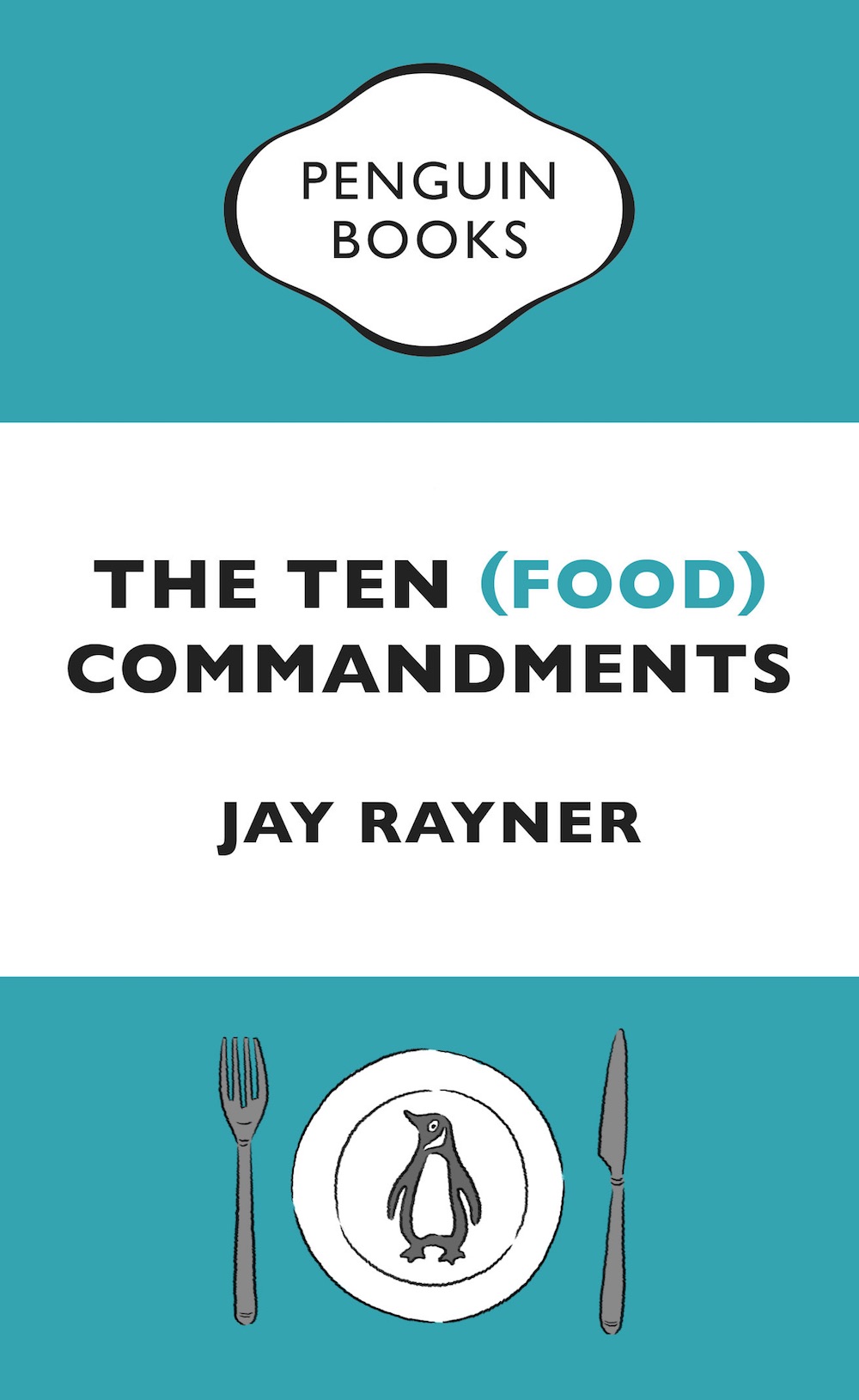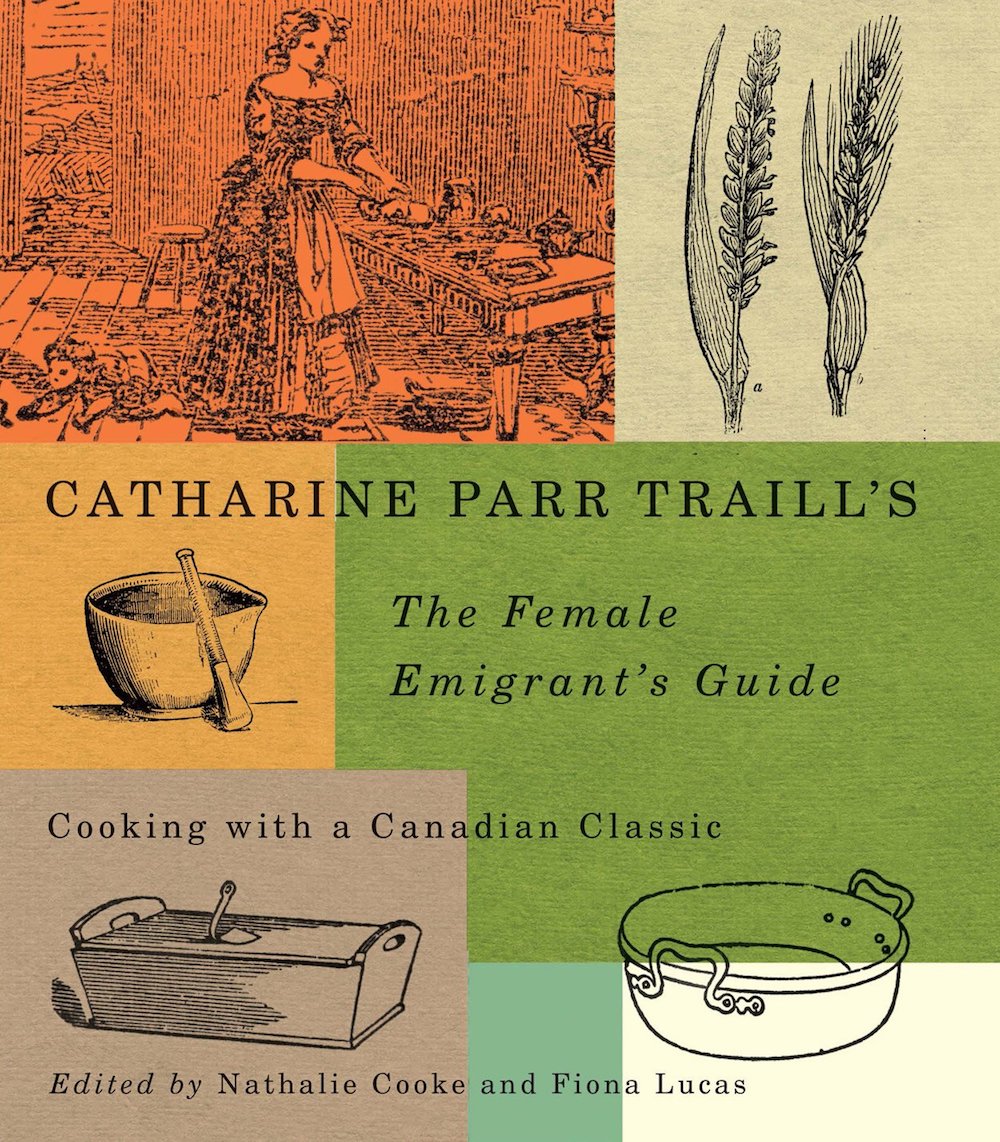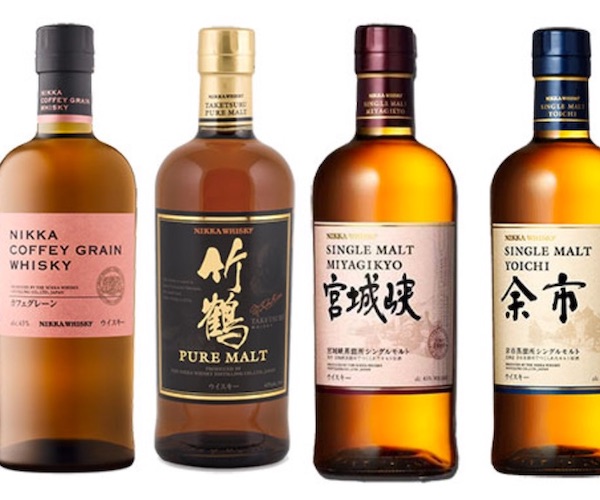 Every year Good Food Revolution presents Dean Tudor’s Holiday Cookbook (and Drinkbook) reviews. Watch for new categories every week, or click here to see them all.
Every year Good Food Revolution presents Dean Tudor’s Holiday Cookbook (and Drinkbook) reviews. Watch for new categories every week, or click here to see them all.
DEAN’S LIST 2017 PART II: FOOD MEMOIRS & HISTORIES
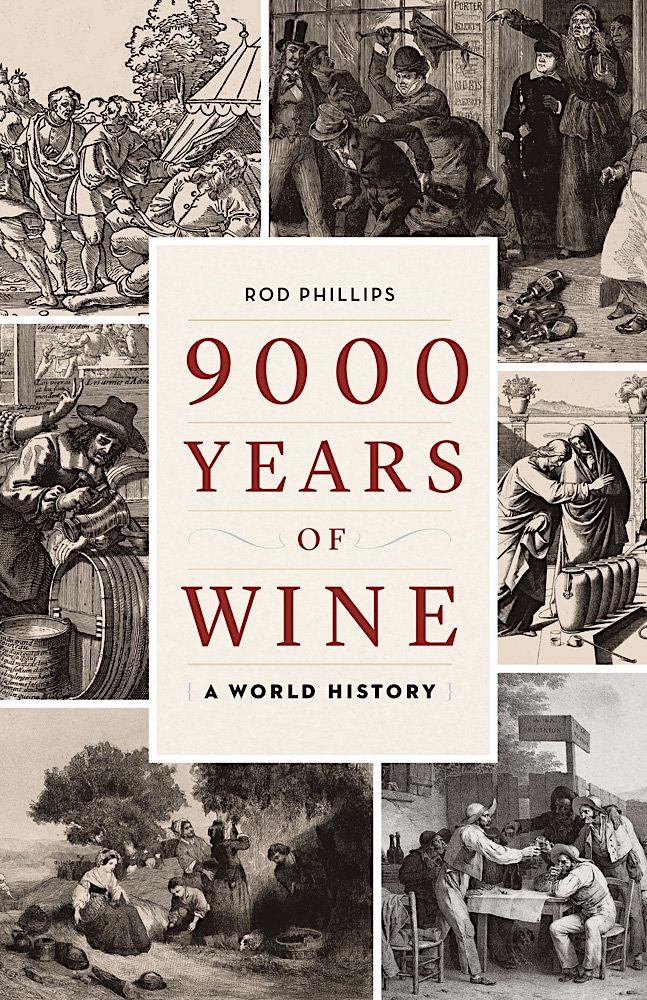
9000 YEARS OF WINE; a world history (Whitecap, 2017, 438 pages, $19.95 CAD paperbound) is by Rod Phillips. It’s a revision of his earlier work “A Short History of Wine” published in 2000, fully updated and extended to the 21st century. He’s comprehensive in coverage, looking at different social classes and wine, trends in consumption, wine as a source of pleasure through history, and as a cultural product, It’s an engaging reference tool noting dates, places and people, all with an index and a bibliography. Illustrated with a few historical engravings. Nice little gift package for your wine lover friends.
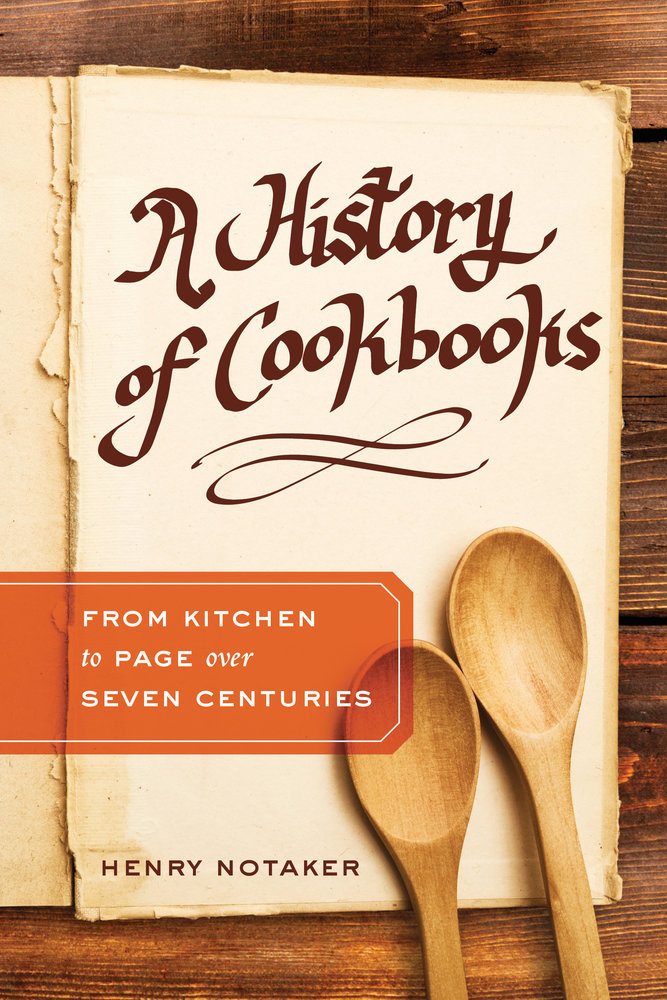
A HISTORY OF COOKBOOKS (University of California Press, 2017, 384 pages, $49.95 CAD hardbound) is by Henry Notaker, a literary historian who has taught food culture. His numerous books and articles cover European and Latin American food history and culinary literature. The dust jacket promises a “sweeping” overview of the cookbook genre, from the Late Middle Ages onwards. It seems like a good survey text for the burgeoning series of gastronomy courses. He’s good at tracing the transformation of recipes from brief notes with ingredients to detailed recipes with a specific structure, grammar and vocabulary. Along the way he explores a lot of non-recipes found in cookbooks, that deal with nutrition, morals, manners, history, menus, and reflections/memoirs. Sub-genres here include recipe naming, cookbook organization, didactic approaches, recipe forms, vegetarian cookbooks, Jewish cookbooks, and the role of cookbooks in promoting nationalism. There are also plenty of notes, bibliographic references, and an index. With illustrations based on pages from books and engravings of covers, this is a terrific tome for a gift.
APRON STRINGS (Goose Lane, 2017, 380 pages, $24.95 CAD paperbound) is by Jan Wong, an award-winning journalist who has written about food off and on. Her father owned Ruby Foo’s in Montreal. Here she crafts a memoir with the subtitle “navigating food and family in France, Italy, and China”. These three countries excel at daily “haute cuisine” without batting an eye, taking it all in stride. As a true reporter, Jan Wong narrates the memoir of the journey she takes with her 22-year-old son Sam. She’s full of observations about the globalization of food, families and culture. In southeast France, they share with a family sheltering undocumented immigrants; in Italy’s slow food country they pick up authenticity of style; in Shanghai they labour in the kitchen with some migrant maids of some of China’s “nouveaux riches”. As with many mother- son stories there are levels of disagreements, but they both share a central core. There are a dozen recipes per country, but that’s not really the point of the memoir. Good stories, compellingly told.
WHAT SHE ATE: six remarkable women and the food that tells their stories (Viking, 2017, 307 pages, $36 CAD hardbound) is by culinary historian Laura Shapiro (Pefection Salad, Something from the Oven). Here are stories about women who, apart from Rosa Lewis, have a tenuous relationship with food. Yet good memoir writers can relate fascinating stories about anybody from a specific angle, whether it is their relationship to driving a car, doing home repairs, or just simply eating. Eva Braun is here, with the food angle of Hitler; Eleanor Roosevelt and the menus at the White House; and writer Barbara Pym. Also: Dorothy Woodsworth and Helen Gurley Brown, and, in an Afterword, Laura Shapiro herself. Parts of the work have appeared in The New Yorker. There are end notes, sources and bibliographies, and even an index. Marvelous gift book.
THE TEN (FOOD) COMMANDMENTS (Penguin, 2017, 140 pages, $15 CAD paperbound) is a worthy commentary. The “original” Ten Commandments do not offer much in the way of food advice, so Jay Rayner (restaurant critic for the Observer for 15 years, multiple appearances on UK TV) has stepped in. In separate chapters, he deals with 10 Thou Shalts (e.g., eat with thy hands, honour thou leftovers, not cut off the fat, celebrate the stinky, honour thy pig). Something decent to read on the commuter train…
CATHARINE PARR TRAILL’S “THE FEMALE EMIGRANT’S GUIDE”: cooking with a Canadian Classic (McGill-Queen’s University Press, 2017, 540 pages, $39.95 CAD paperbound) has been edited by academic Nathalie Cooke (editor of “What’s to Eat?”) and Fiona Lucas (co-founder of the Culinary Historians of Canada). It is an amazing work. Originally published in 1855, the Traill classic is full of recipes and advice, with tips on local food sourcing (in 1855) and describes daily domestic and seasonal routines of settler life: make your own cheese, butcher your own hog, collect your own eggs, drink your own homemade beer (reserve dregs for bread yeast risings). The book has been annotated for modern living, with updated preps, conversion charts, a large glossary, and an index for retrieval. Not only is it about survival in Victorian Ontario, it is about the emigrant experience. Very difficult to put down, and a perfect gift for the millennial to understand context in life.
EMPIRE OF BOOZE (Unbound; Random House Canada, 2017, 291 pages, $27.99 CAD hardcovers) is by Henry Jeffreys, a freelance UK wine writer. His premise: “if not for Britain, most of the world’s favourite drinks would not exist, not even the French ones.” His history of the British Empire is told through the filter of how the fave alcoholic beverages came to be. He starts with cider, port, marsala, beer, madeira, gin, cognac, “claret”, champagne (with a direct connection to cider), and whisky. Compelling evidence, or is it just coincidence? Also covered is the impact of alcohol on literature, science, philosophy, and culture – quite a big overview here, with interesting trivia and nicely written.
BADDITIVES! (Skyhorse Publishing, 2017, 181 pages, $22.99 CAD softcovers) should win the award for the best play on words in titling. Food safety journalists Linda and Bill Bonvie take on food corporations with their notes about the 13 most harmful food additives in our diet. Then they tell us how to avoid them. A well-researched account of toxicity: aluminum, artificial colours, aspartame, BHA/BMT, GMOs, High Fructose Corn Syrup, MSG – and more, about 15 pages on each, along with an index, end notes and bibliography. Well-worth reading.


